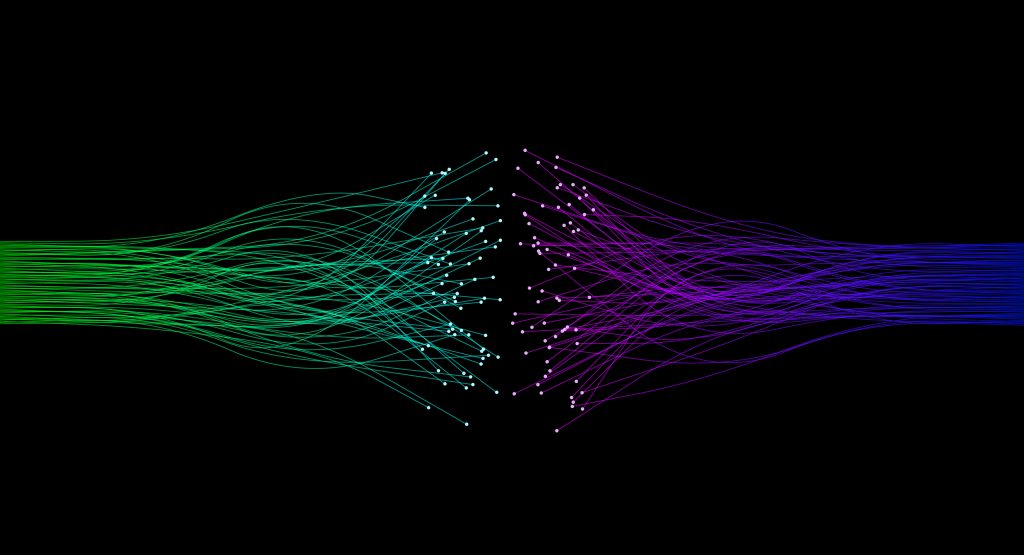Newsletter
Suscríbete a nuestro Newsletter y entérate de las últimas novedades.
https://centrocompetencia.com/wp-content/themes/Ceco



Abstract: This research paper delves into the intricate relationship between antitrust law and intellectual property (IP) law, highlighting their deep interdependence. The analysis underscores the pivotal role of innovation in fostering new products and expanding markets, emphasizing the need for competition policy to promote innovation. The paper contends that competition interference in the realm of IP is crucial, as it directly impacts innovation and the dissemination of new technologies, essential for economic progress. Striking a delicate balance is important, requiring antitrust policy to navigate the potential benefits of IP rights for innovation while mitigating the risks of anticompetitive practices. Despite attempts by courts to reconcile these spheres, the challenge persists due to the inherent tension in the relationship between IP rights, innovation, and competition. Achieving equilibrium remains an ongoing and nuanced task, critical for sustaining commerce and employment.
DESCARGAR INVESTIGACIÓN«The idea of a monopoly in the context of antitrust refers to a company that has the ability to raise prices and limit output. A patent does not, however, ensure dominance in a well-defined market. There might be alternatives to the patented product in a certain market, or there might be enough cross-market flexibility (i.e., elasticity)».